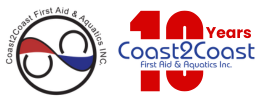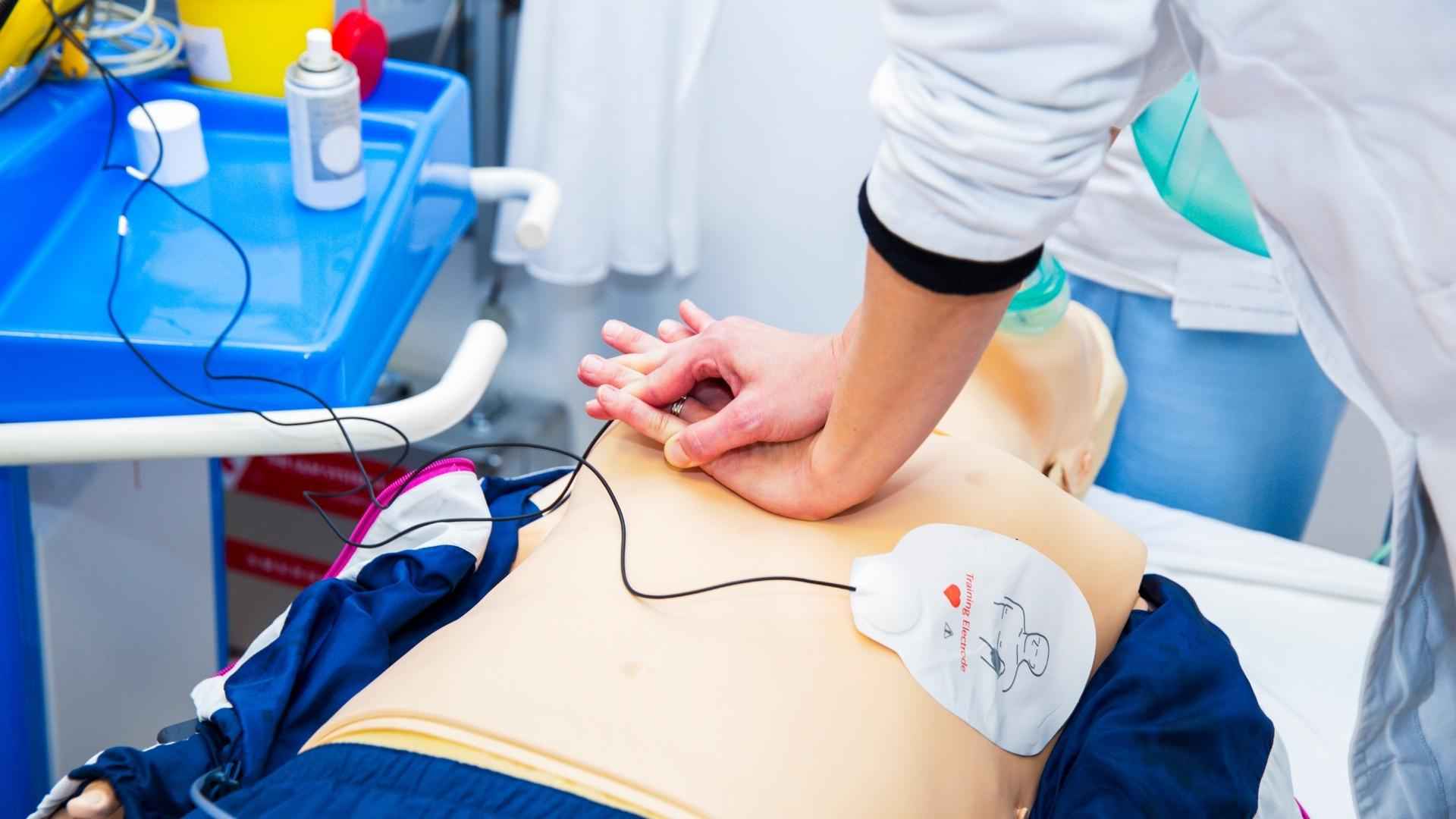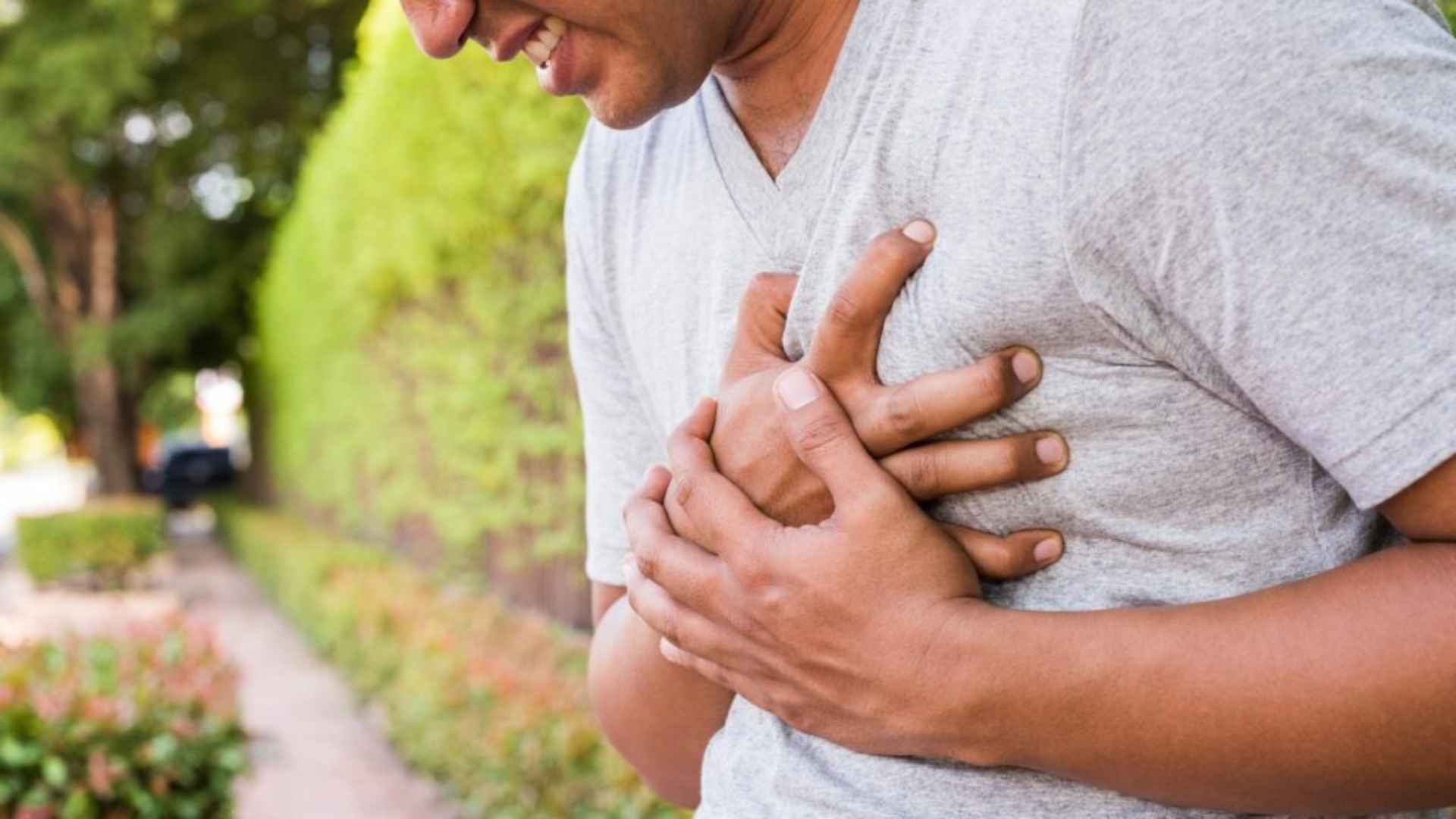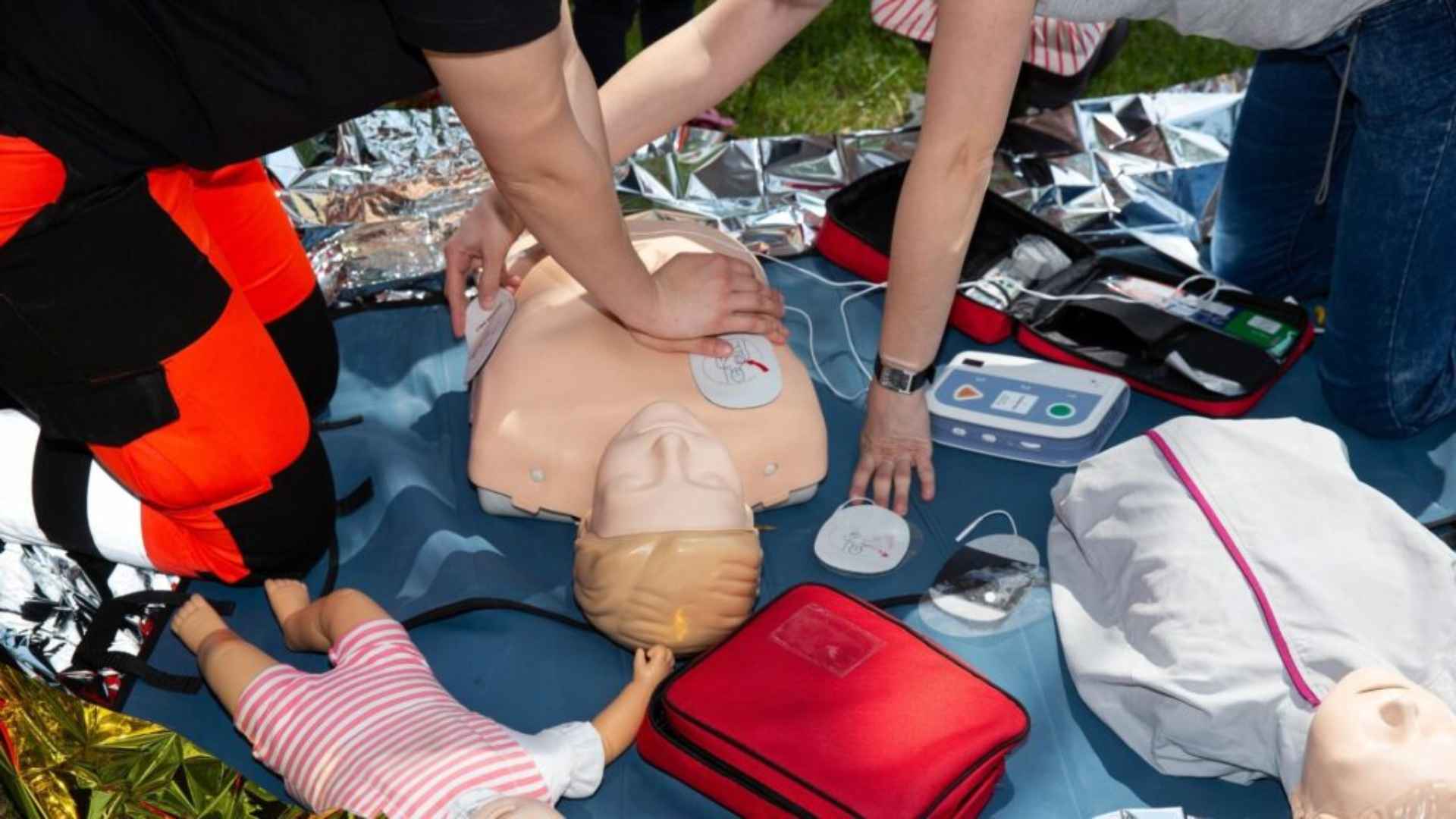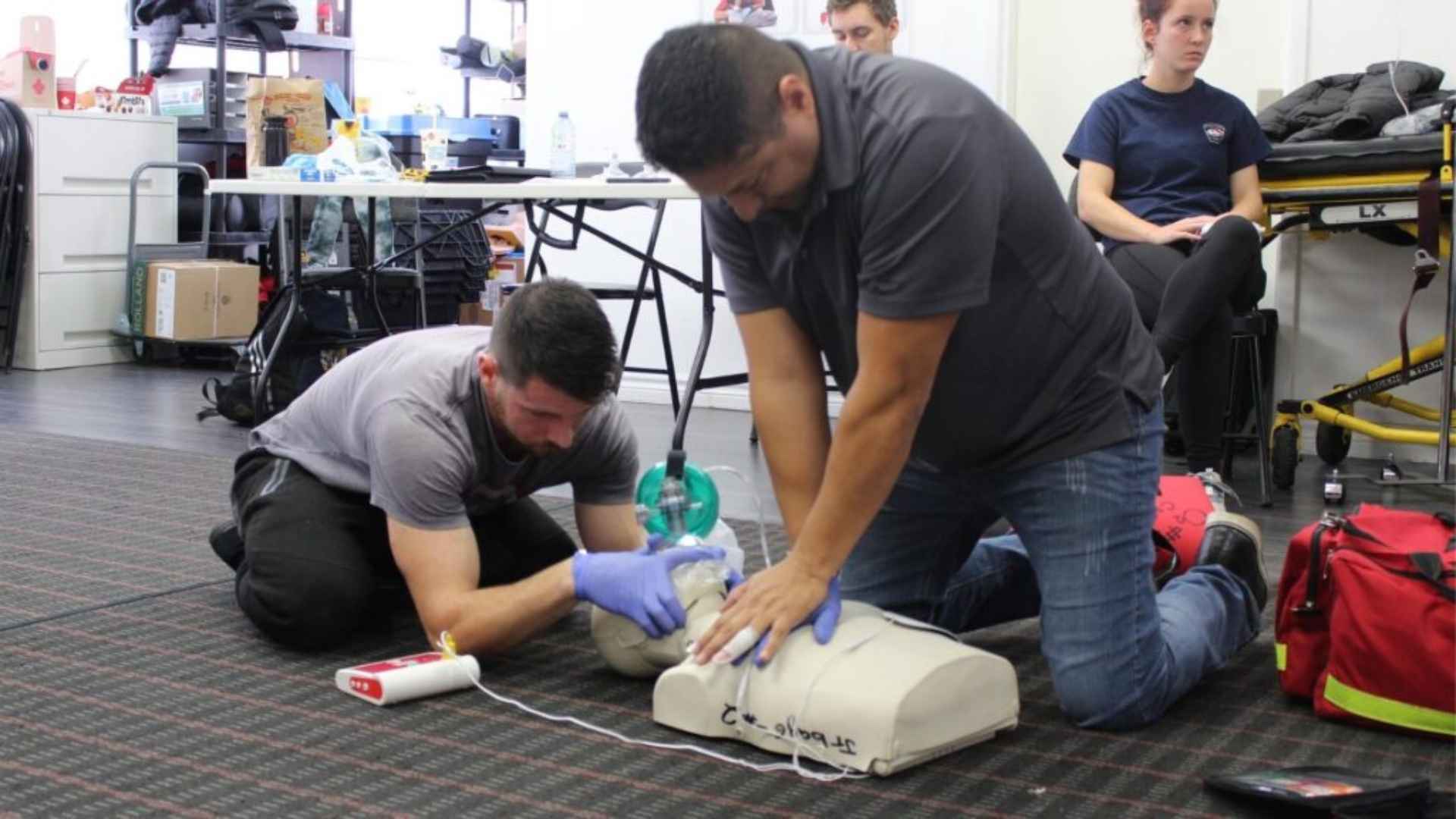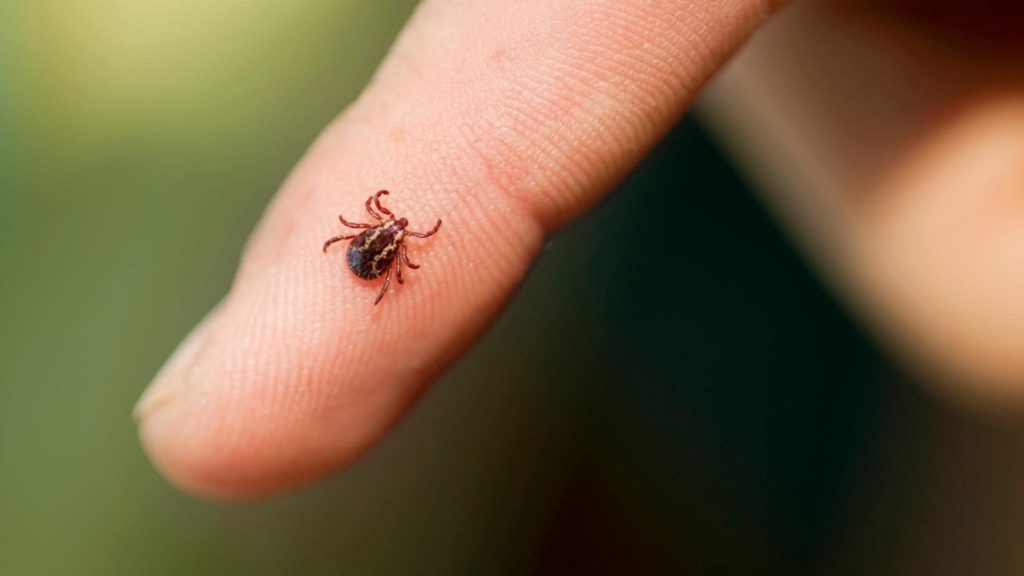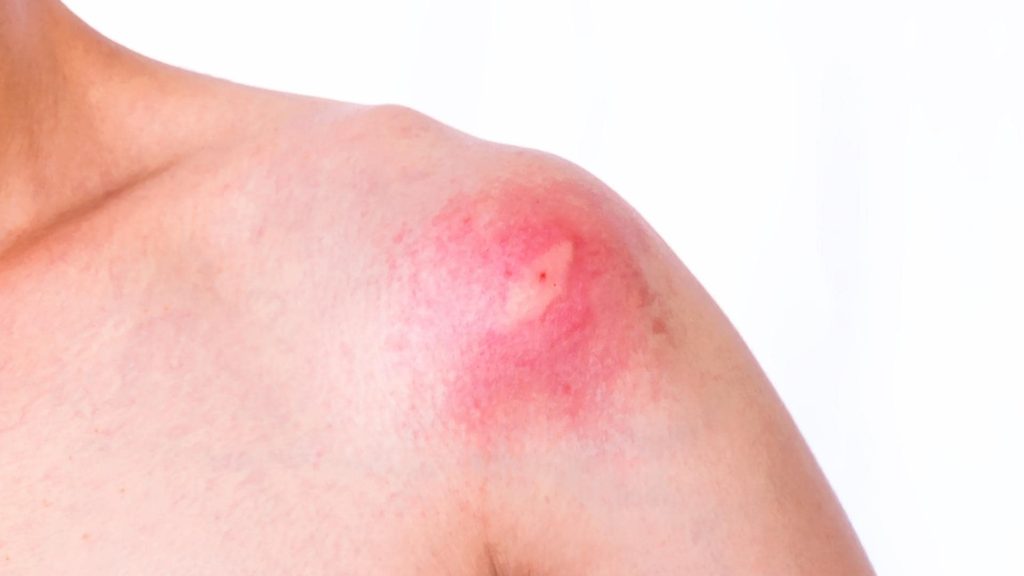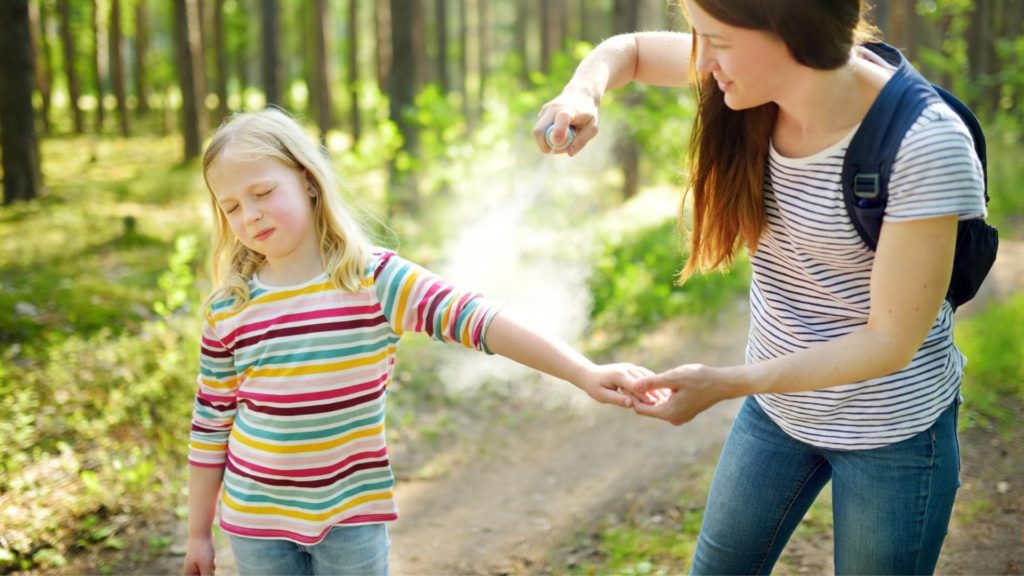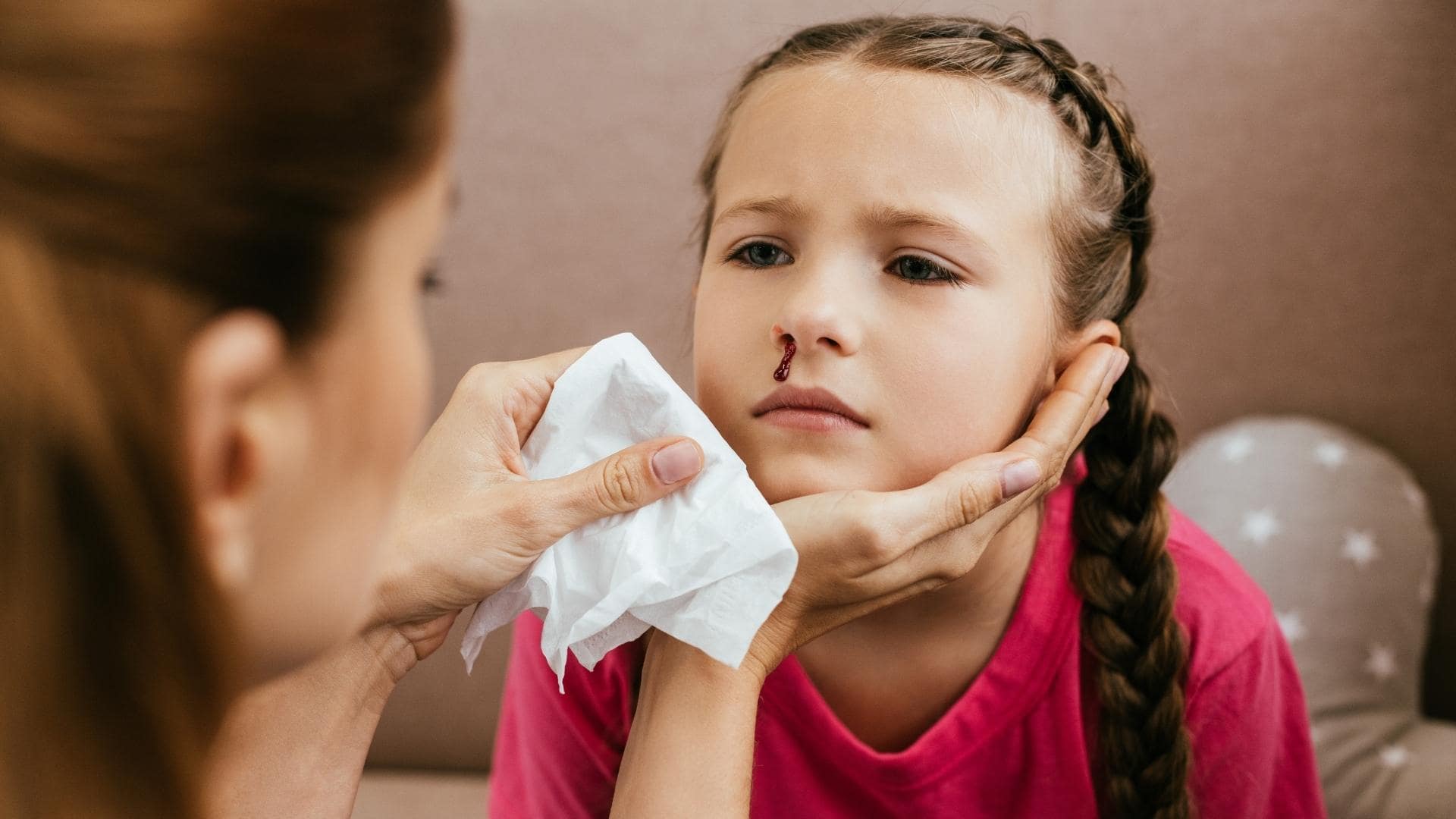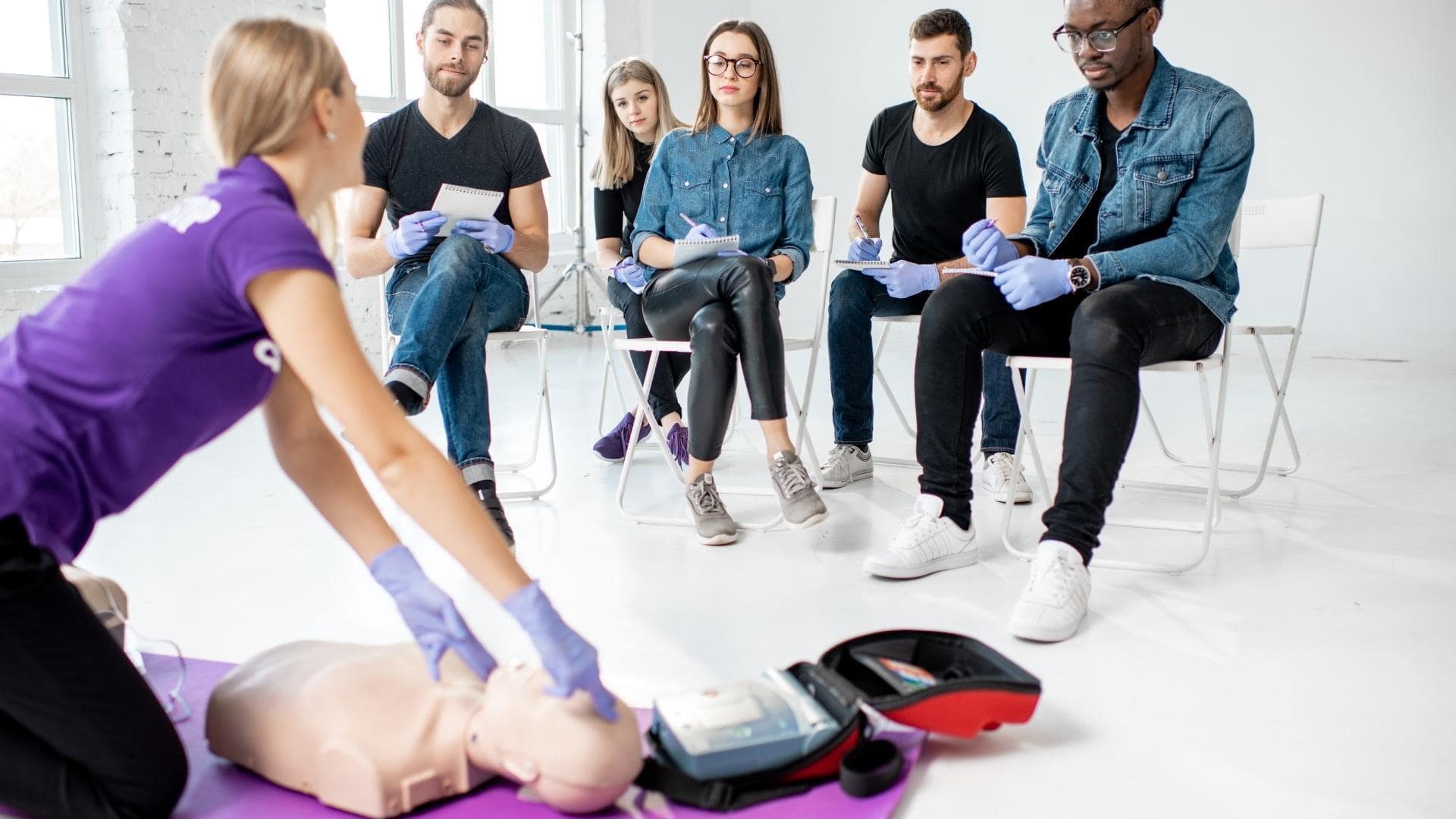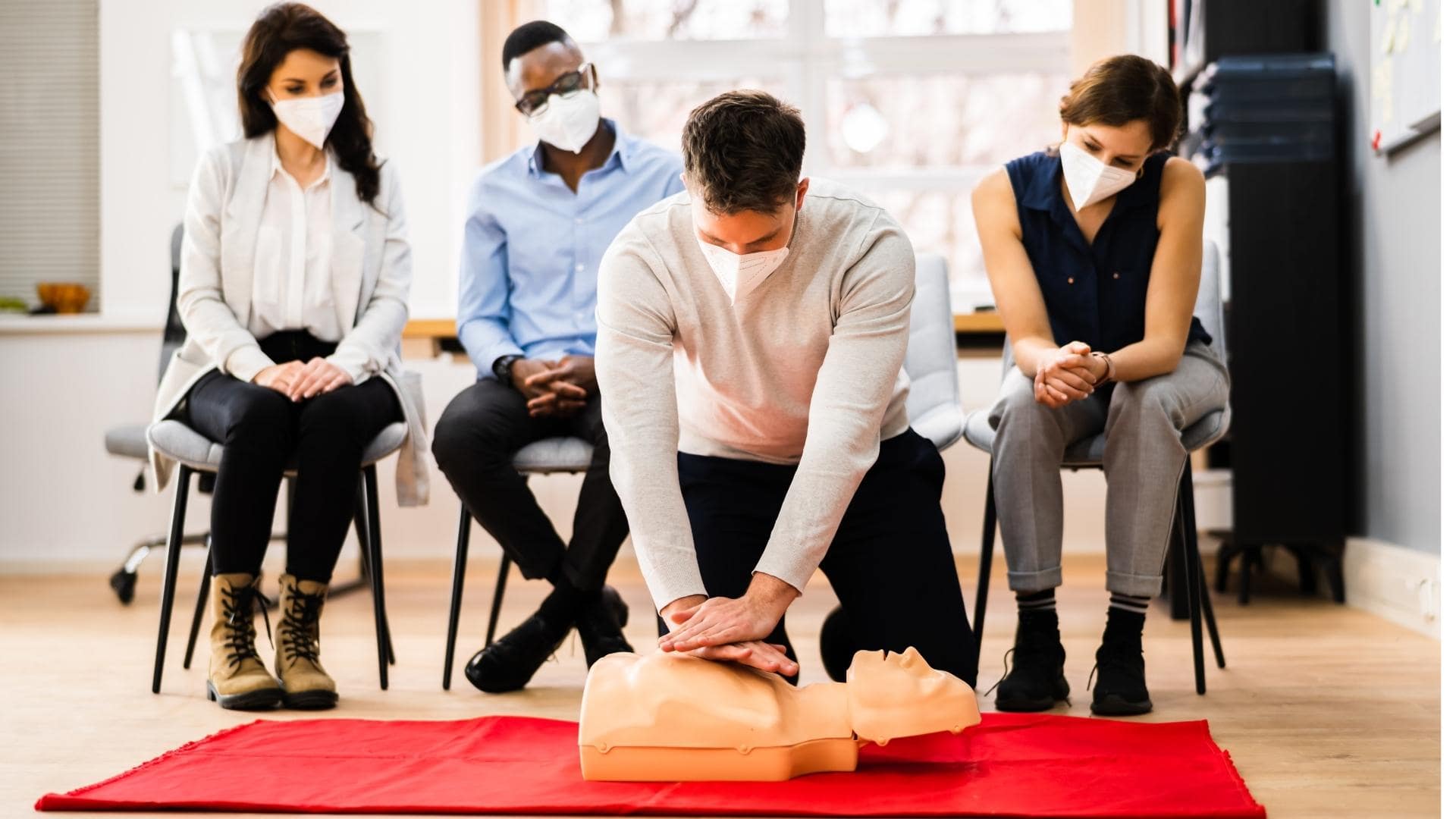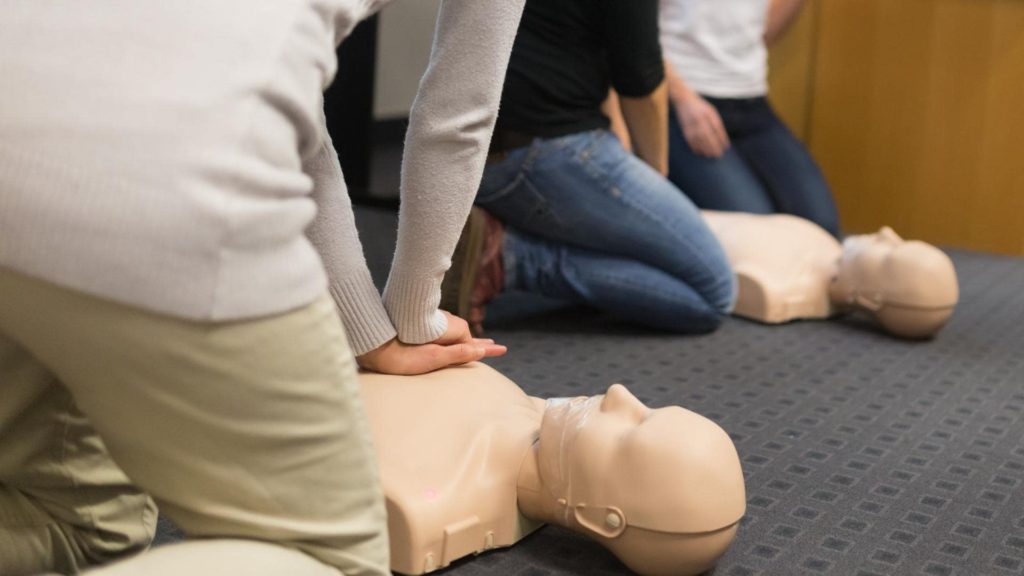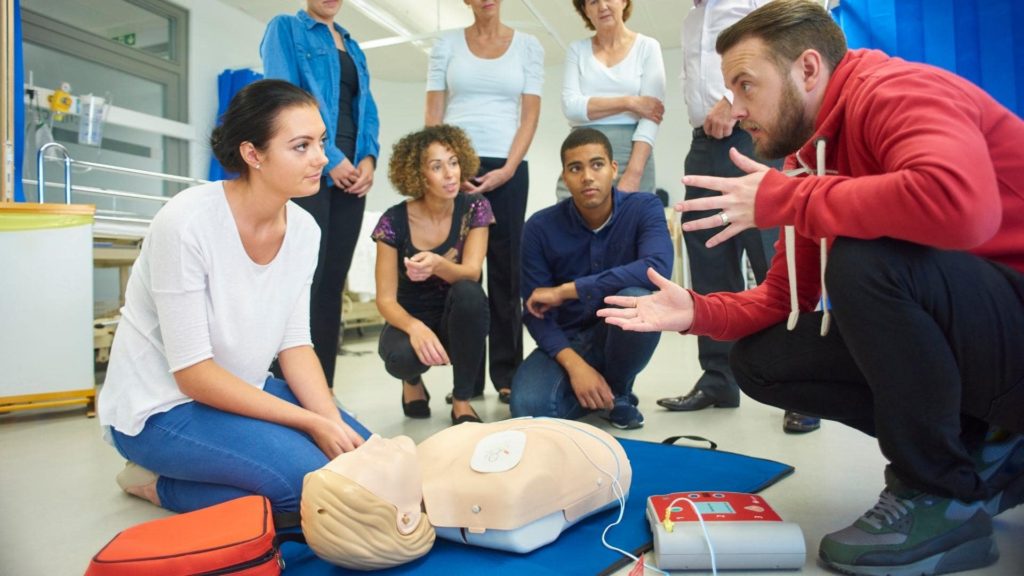Despite being a relatively new technique, CPR is most effective when it is performed as soon as possible following cardiac arrest. In many situations, it doubles or even triples the chances of survival when done promptly after cardiac arrest.
You can only perform cardiopulmonary resuscitation (CPR) on someone who is not breathing and has no pulse. Therefore, as long as the person having the heart attack is breathing and alert, there is no need to perform CPR. Knowing the difference between a heart attack, cardiac arrest, and other medical emergencies can help you make the right decision about performing CPR.
Whatever the emergency, call medical help and perform the necessary procedures. However, the question remains: Can you do CPR on someone having a heart attack?
How Do Cardiac Arrest and Heart Attacks Differ?
Cardiac arrest can differ from heart attacks in more ways than one. When a person is experiencing a heart attack, the blocked artery prevents the oxygen rich blood flow to the heart. Usually, these people can continue to breathe and talk and won’t require CPR, however they must seek immediate medical treatment at a hospital. However, someone experiencing a heart attack has an increased risk of a sudden cardiac arrest. During a cardiac arrest, the heart undergoes an electrical malfunction which leads to irregular heartbeat. If the victim loses consciousness and is not breathing, then it is important to start CPR.Learn how to help someone having a heart attack
Learn and prepare your skills to assist a victim of heart attack as you complete the course with us. Call our toll-free number to know more.
Heart Disease is a Leading Cause of Death in Canada
According to data from the Canadian Chronic Disease Surveillance System (CCDSS), heart disease is the 2nd leading cause of death in Canada despite declining rates. Heart disease affects about 2.6 million Canadian adults over 20 years and over and is twice more likely to affect men than women.
What does CPR do?
CPR is the emergency procedure that can save a person’s life when their heart stops and they aren’t breathing (cardiac arrest).
During cardiac arrest, the heart stops pumping the blood required by other organs to function. This means that your organs are not receiving oxygen. When organs, especially the brain and lungs, don’t get oxygen from the blood, it takes just a few minutes before the patient dies.
The chest compressions and breaths used during CPR mimic the heart pumps and help keep oxygenated blood flowing to all the organs.
How CPR Helps during a Heart Attack
Performing CPR helps to keep the blood flowing throughout the body, ensuring the person’s vital organs get their crucial oxygen supply until emergency help arrives. Ideally, someone with the proper training should perform the procedure. These are the basic steps for performing CPR on someone who has no pulse or breaths:- Call for emergency services like 911
- Check for breathing
- Make sure the area is safe
- Place the person on a firm and flat surface on their back
- Open their airways and start CPR by pressing rapidly (2 chest compressions per second with both hands)
- If you know how to use the AED, then attach it to see if it allows you to deliver the shock
- Perform CPR if the AED advises against the shock
- Finally, get a person to help you if you feel tired
- CPR on small children and infants differs because of their size
When to Abstain from Performing CPR?
CPR training allows you to recognize when to perform CPR or abstain from it.
Don’t ever perform CPR when someone having a heart attack has a steady heartbeat and remains alert because it can harm the heart. Instead, call the paramedics and wait with the person until they arrive at the scene.
Additionally, if you perform CPR on a person with no breathing or pulse, immediately stop if they show signs of life, including opening their eyes or breathing regularly. Keep an eye on the person, and if their heart stops beating again, restart the CPR.
Survival Rates for Heart Attack After Performing CPR
Data from a 2020 analysis of 141 studies indicate that the survival rate of people receiving CPR for a heart attack has increased. However, it remains below 50 percent, and the average 1-year survival rate of people who had CPR remained at 13.3% between 2010 and 2019. According to the American Heart Association, when CPR is performed moments after going into cardiac arrest, the patient’s chances of survival double or triple than if you wait for treatment paramedics to arrive.Find a CPR Training Course Near You
CPR is an invaluable skill that is easy to learn and perform because it can help you to save a life. CPR training classes make it easier to learn how to perform the procedure correctly. Across Canada, First Aid course is a comprehensive guide that covers all the concepts for CPR training required in the workplace. Still, many people take the course to learn the correct procedure for any heart attack or cardiac arrest emergency in the home or when they are out and about.
Coast2Coast First Aid & Aquatics provides WSIB-approved Canadian Red Cross CPR training and certification in several areas of Greater Ontario, Eastern, and Western Ontario. Register today for a CPR training or increase your knowledge and complete a Standard First Aid & CPR training. We can’t wait to teach you important life-saving skills!
